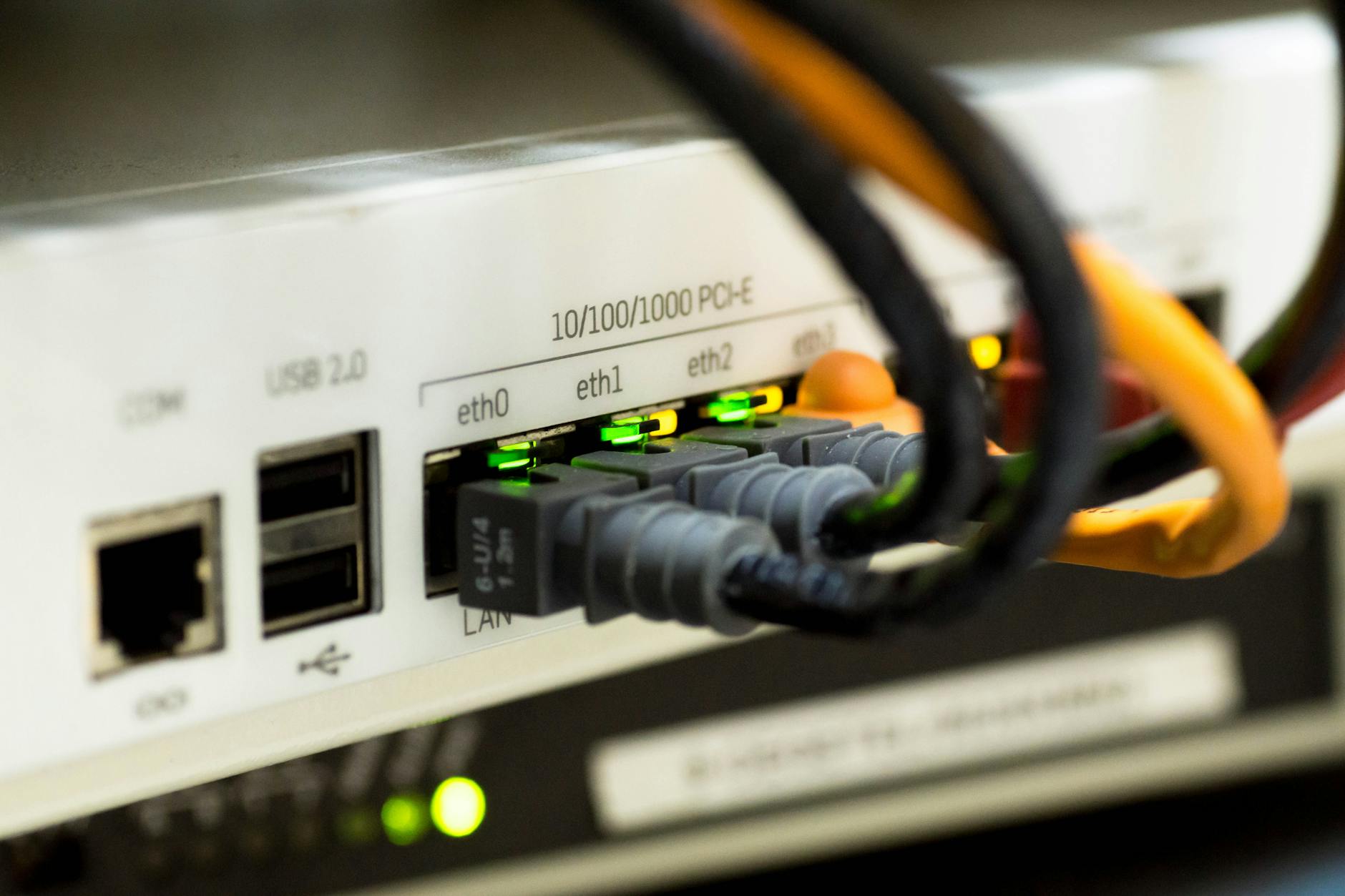Well, for a variety of reasons, I’m using the Windows 10 and SurfaceBook with Performance Base (what a name?!). Anyway, here are the key learnings:
- The gooseneck thing is a little weird to use in actual practice. It doesn’t fold down flat and you want move the screen all the way back.
- I’m an idiot and finding the power button was really confusing. I kept pressing keys on the keyboard before finally realizing the power is a nearly invisible button at the top.
- The brightness is the same way, I’m sure there is a button for it, but it isn’t anything on the keyboard. I suspect it is those two buttons I never touch at the top of the screen.
- The power supply is a strange connector. Sigh, I’ve actually gotten used to USB C charging everything (how quickly things change and love the way my Nexus 5 and and MacBook Pro 2016 can share a charger).
- Extra chargers by the way are hard to figure out. But it looks like there are several 65 watt power supplies out there. Microsoft makes one for $99 but $30 for a clone sounds way better.
- The Pen I haven’t used yet, but there is no place to store it, It is nice it hooks to the tablet magnetically, but otherwise I’m not sure how to do it.
- Detaching the tablet isn’t obvious at all. There is a button as it turns out on the keyboard, but it is hard to figure out where it.
- The fit and finish…well, let’s say I’ve gotten use to the tight tolerances of MacBook Pros. The keyboard seems to rattle a bit.
- The coolest feature (for developers) is buried though, turn on the Developer Mode and then type in
bashand you get a Ubuntu subsytem. You canapt-getto your hearts content. Wow, this is sort of like having a Unix development environment in Windows. - The search thing actually is useful which is great because I remain really confused about where settings live.
- The Hello face recognition is cool, but does take setup.






